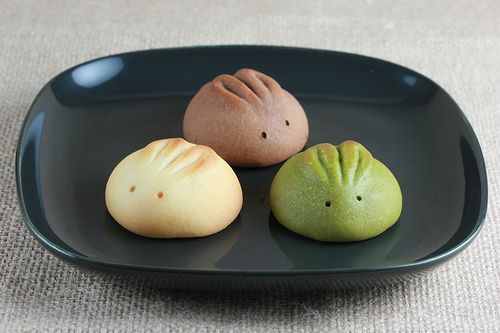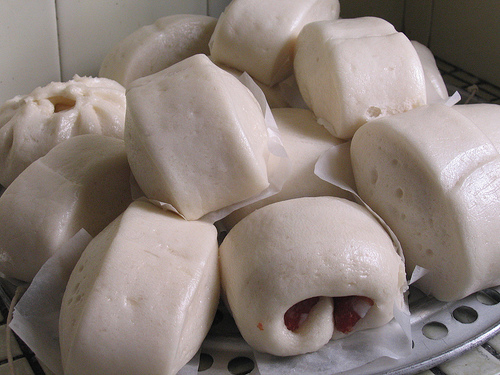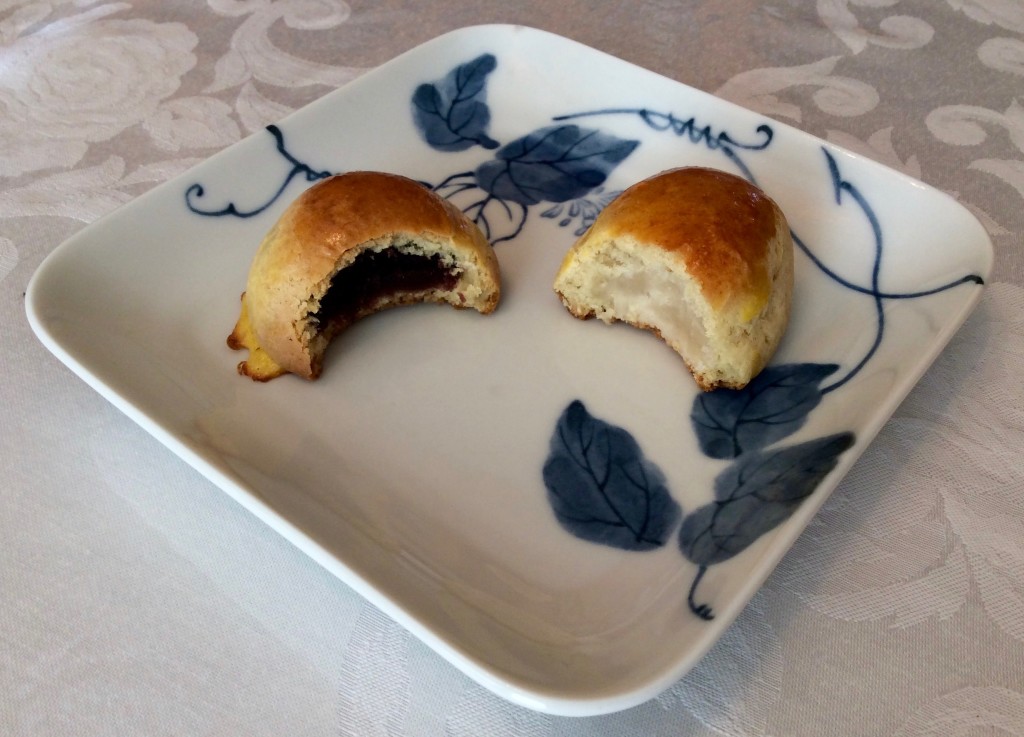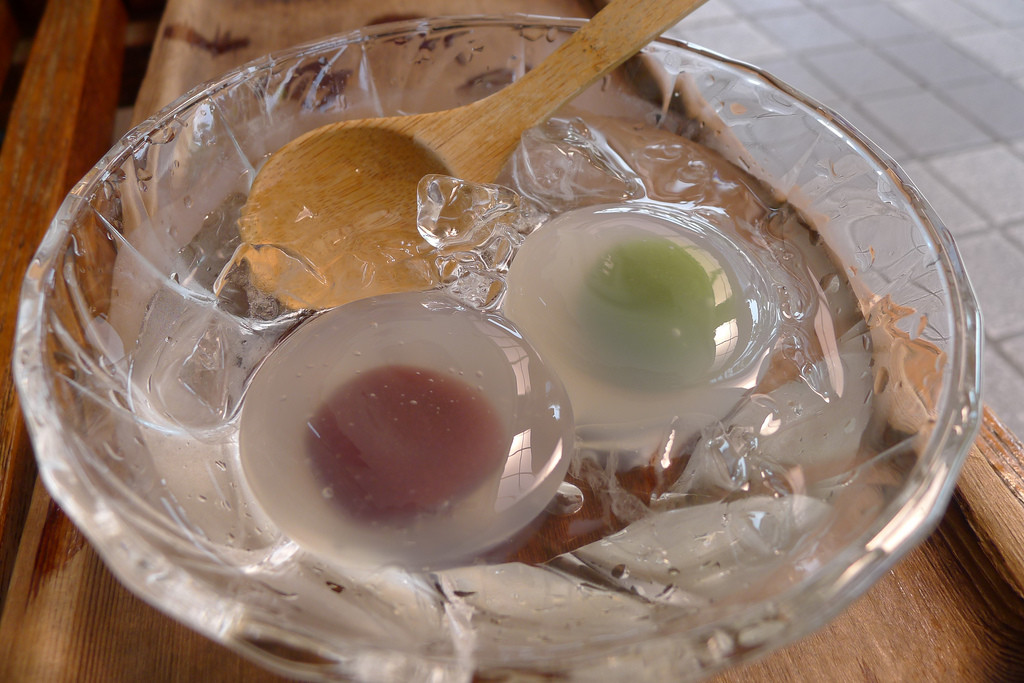Almost everyone has heard of mochi, Japanese rice cakes, but most think of it in the context of mochi ice cream. Traditional mochi — put simply — is short-grain glutinous rice cooked and pounded to form the familiar rice cakes. Sugar, bean paste, ice cream, and even strawberries are common additions that make for a more delicious and more substantial mochi “cake.”
But, what is manjū, mochi’s distant cousin? And why should you care about it?

Photo courtesy of foodlibrarian.com
Mochi lovers beware – this pastry may become your next obsession. And for those of you who don’t like mochi, this treat may change your perspective on Asian desserts, which tend to be not as sweet. At the very least, it make you more aware of the exciting different foods out there. Besides, who can resist these cute little things?
History

Photo courtesy of en.wikipedia.org
Most people have never heard of manjū (pronounced mahn-joo). It is a traditional Japanese flour-based pastry (instead of rice-based like mochi) filled with a sweet bean paste. It originated in China under the name mantou but was changed to manjū when introduced to Japan.
Variations

Photo by Samantha Teshima
Just like mochi, there are different types of manjū. They vary in color, shape, and of course, flavor. My family makes kuri manjū — an oval-shaped bun pastry coated with an egg wash to create the signature caramelized top. Inside is a smooth, white sweet bean paste called shiro-an (pronounced she-ro-ahn). Occasionally, we substitute the shiro-an for a smooth red bean paste called anko (pronounced ahn-ko).

Photo courtesy of flickr.com
Other types may have the same bean paste inside, but their exterior can range from dark browns to matcha greens. One variety, mizu (“water”) manjū, is very unique – it only has the bean filling in common. Its exterior is made of a translucent starch that looks similar to a water droplet.
Where can I find manjū?
Today, manjū is sold in most Japanese bakeries at a reasonable price, but can be more difficult to spot than mochi due to their broad spectrum of different types. If you love mochi, I highly recommend that you try manjū… or if you’re up for the challenge, try making it yourself. Or try out any of these traditional Japanese snacks.


